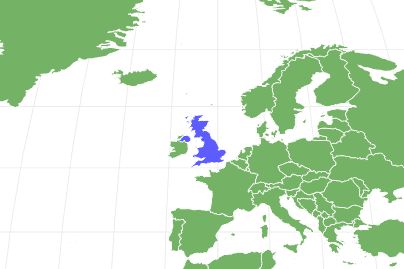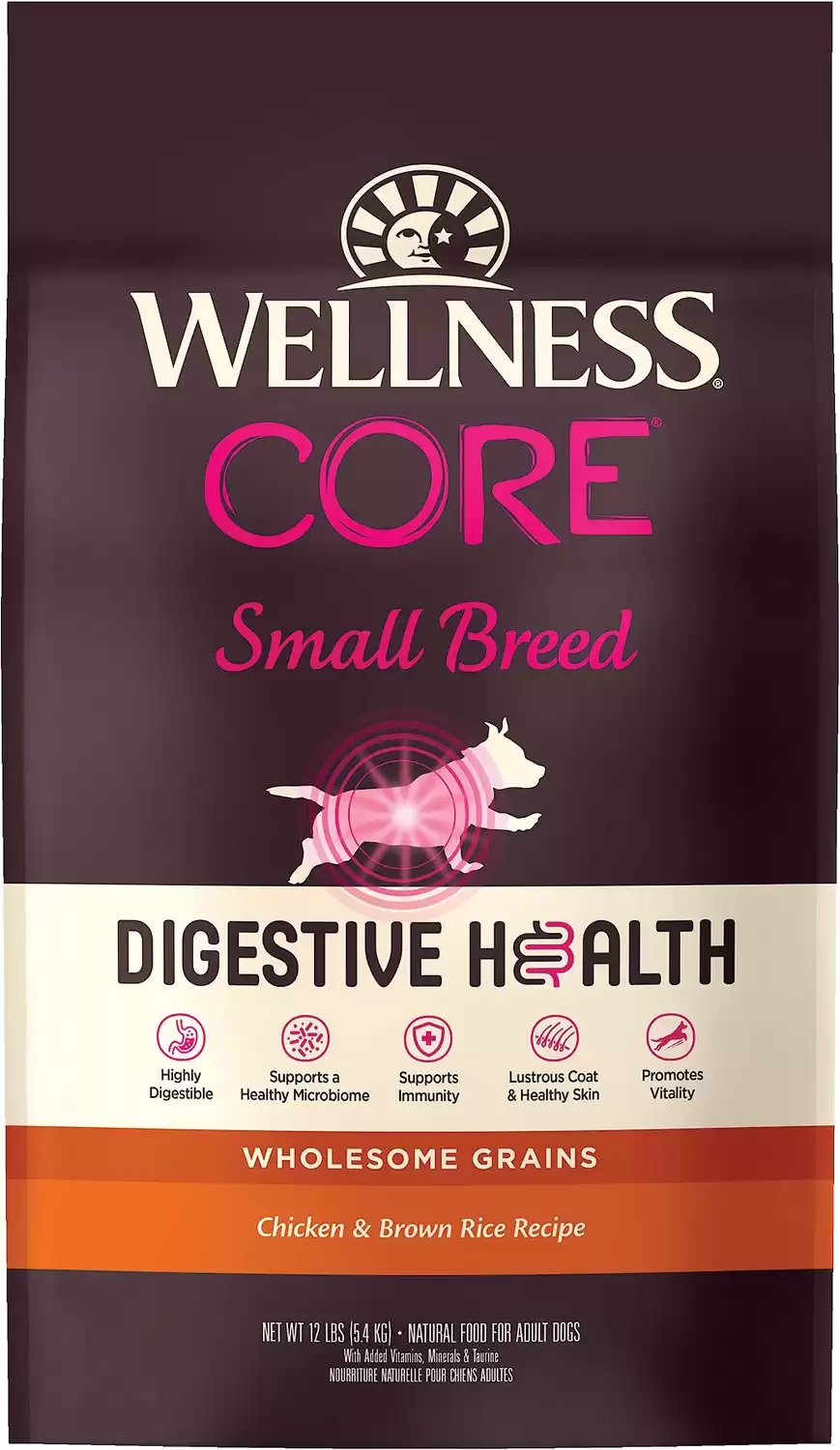Lakeland Terrier
Canis lupus
These dogs were once used by farmers to keep foxes away from herds of sheep.
Advertisement
Lakeland Terrier Scientific Classification
- Kingdom
- Animalia
- Phylum
- Chordata
- Class
- Mammalia
- Order
- Carnivora
- Family
- Canidae
- Genus
- Canis
- Scientific Name
- Canis lupus
Read our Complete Guide to Classification of Animals.
Lakeland Terrier Conservation Status
Lakeland Terrier Facts
- Fun Fact
- These dogs were once used by farmers to keep foxes away from herds of sheep.
- Temperament
- Smart and lively
- Diet
- Omnivore
Lakeland Terrier as a Pet:
- General Health
- Energy Level
- Shedability
- Trainability
- Intelligence
- Tendency to Chew
- Size
- Family and kid friendliness
- Yappiness / Barking
- Moderate
- Separation Anxiety
- High
- Preferred Temperature
- Average climate
- Exercise Needs
- Moderate
- Friendly With Other Dogs
- Group
- Pure bred cost to own
- $2000
- Dog group
- Terrier
- Male weight
- 16-17 lbs
- Female weight
- 16-17 lbs
This post may contain affiliate links to our partners like Chewy, Amazon, and others. Purchasing through these helps us further the A-Z Animals mission to educate about the world's species.
View all of the Lakeland Terrier images!
Some Lakeland Terriers have a span of black hair on their back known to breeders as a ‘saddle mark.
Lakeland Terriers are energetic, intelligent dogs with a ‘never quit’ attitude. They have a friendly temperament as well as the stubbornness common to many dogs in the Terrier group.
See all of our expert product reviews.
These dogs originated in the Lake District in England. Lakeland Terriers dating back to the 19th century when they were used by farmers to keep foxes away from herds of sheep. A socialized Lakeland Terrier is a lively and loyal pet that’s an ideal choice for a family with older children.
The 2 Different Types of Lakeland Terriers and Lakeland Terrier Mixes
There are 2 types of Lakeland Terrier mixes:
- Border Terrier Lakeland
- Patterland
3 Pros and Cons of Owning a Lakeland Terrier
| Pros! | Cons! |
|---|---|
| A great watchdog Lakeland Terriers are very aware of their surroundings making them effective watchdogs. | Very energetic Like most terriers, the Lakeland Terrier has a lot of energy, so it needs 30 to 60 minutes of exercise daily. |
| Easy to train These canines are smart and absorb obedience training lessons fairly quickly. | Needs special grooming attention This dog’s coat needs to be brushed weekly and requires a technique called hand stripping to keep its fur healthy. |
| A loyal pet This breed is loyal to the members of the household and want to be where the action is happening. | An expert digger Lakeland Terriers are expert diggers likely to dig holes in an owner’s backyard either out of boredom or while tracking a scent. |

©ivkatefoto/Shutterstock.com
Lakeland Terrier Size and Weight
The Lakeland Terrier is a medium-sized dog. A male can grow to be 15 inches tall at the withers while females are a little smaller at 14 inches tall. Males weigh around 17 pounds fully grown while females weigh 16 pounds fully grown. A 9-week-old Lakeland Terrier weighs around 7 pounds. These dogs are considered fully grown at 12 months old.
| Height (Male) | 15 inches tall |
| Height (Female) | 14 inches tall |
| Weight (Male) | 17 pounds, fully grown |
| Weight (Female) | 16 pounds, fully grown |
Lakeland Terrier vs Welsh Terrier
The Lakeland Terrier is a relative of the Welsh Terrier. Though there are many similarities between them, there are some differences as well.
Health and Entertainment for your Lakeland Terrier
See all of our expert product reviews.
One similarity is they both have a loyal temperament. Also, they were both bred to find and drive out foxes. Both of these breeds have a wiry coat and can be black and tan.
Lakeland Terriers and the Welsh Terriers are different in size. The Welsh Terrier weighs a few pounds more than the Lakeland Terrier. Also, Welsh Terriers are a little more of a challenge to train.
Lakeland Terrier Common Health Issues
Most dogs have some common health issues and Lakeland Terriers are no exception. One common health issue is Legg-Calve-Perthes disease (LCPD). LCPD is a bone disorder that shows up in puppies five to eight months old. Limping, favoring one leg and trouble going up the stairs are all symptoms of this condition. Surgery is a treatment for LCPD. Another common issue is cataracts. Cataracts usually take the form of cloudiness in the dog’s eyes. Cataracts can cause partial or total blindness. Fortunately, surgery can treat this condition. A third common health issue is heart disease. Some symptoms of heart disease include lack of energy, coughing or even fainting. A special diet and medications can help to control a Lakeland Terrier’s heart disease.
The most common health issues of Lakeland Terriers are:
- Legg-Calve-Perthes disease
- Cataracts
- Heart disease
Lakeland Terrier Temperament and Behavior
Lakeland Terriers are known for their confident temperament. These dogs have a friendly personality and can be very affectionate with family members.
Stubbornness is another well-known trait of this Lake District dog. If they’re digging for something in the yard, they’re going to dig until they find it. When it comes to kids, these dogs interact best with older children. This is because Lakeland Terriers can misinterpret the actions of toddlers or very young kids. For example, a toddler may pick up the dog’s toy. Though the child is only being curious, the dog may become agitated thinking the child is going to take the toy. Early socialization can help form this dog’s behavior toward young kids.
How to Take Care of a Lakeland Terrier
An owner who wants to take the best possible care of their new pet should learn everything they can about its diet, exercise, grooming, and healthcare needs. Whether someone chooses a Lakeland Terrier puppy from a litter or rescues an adult dog through an organization, it’s essential to know all about this unique canine.
The Best Dog Food for Lakeland Terriers
Lakeland Terrier puppies and adult dogs have different diets that address various nutritional needs. Changing a dog’s diet as it ages can help to keep it in excellent health. Consider a few factors:
This breed can be susceptible to heart disease. As you bring your dog to regular vet visits, pay attention to heart health. Be aware of the link between legumes and heart failure in dogs, and read the ingredients of your dog’s food carefully, to make sure it’s legume-free, without lentils or peas.
Lakeland Terrier puppy food: Lakeland Terrier puppies need protein in their diet. Quality chicken, turkey, salmon, or duck are all good choices. Fat supplies this pup with energy for roaming around and exploring its home. Omega 3 and Omega 6 fatty acids support the healthy coat and skin of a puppy. Taurine is an ingredient that contributes to a healthy heart which is especially important for a breed prone to heart disease. Calcium supports healthy teeth and bones in a growing puppy.
Lakeland Terrier adult dog food: Protein supports an adult dog’s healthy muscles, tendons, and cartilage. Fat in a limited amount provides energy while not adding extra pounds to this medium-size breed. Vitamin A contributes to healthy eyes as a way to combat the development of cataracts. Vitamin C is an antioxidant for a dog’s immune system. The fiber in an adult Lakeland Terrier’s diet aids proper digestion.
A-Z Animals trusts that the best dog food for Lakeland Terriers is Wellness CORE Dry Small Dog Food with Wholesome Grains, High Protein Dog Food.
In small enough bites for this breed is a big helping of protein-rich turkey and chicken. We’re glad this food also supplies your dog’s diet with a balance of phosphorus and calcium to develop and sustain strong bones, glucosamine for their joints, and taurine for a happy, healthy heart.
Check Chewy or Amazon for this product.
- Chicken and brown rice recipe for small breeds
- Contains fiber-rich superfoods for healthy digestion
- Antioxidants and prebiotics for healthy immune system
Lakeland Terrier Maintenance and Grooming
How much does a Lakeland Terrier shed? Lakeland Terriers shed very little hair. They have a double coat with wiry, short hairs.
Brushing a Lakeland Terrier once a week helps to get rid of loose or dead hair. A slicker brush is great for removing dead hair and getting rid of mats. A grooming method called hand stripping also keeps its double coat free of loose, short hairs.
Lakeland Terriers can have food or environmental allergies. Dry skin, redness, and bald patches can be an indication of an allergy in this breed.
Lakeland Terrier Training
Training a Lakeland Terrier is relatively easy because of its intelligence. In short, this dog picks up lessons pretty quickly. As a note, it’s best to keep training sessions brief because these dogs can become bored and distracted.
Jack Russell terriers are also intelligent dogs that can easily be distracted by sights and sounds in the environment.
Lakeland Terrier Exercise
Lakeland Terriers need 30 to 60 minutes of exercise each day. This exercise helps the dog both physically and mentally. A Lakeland Terrier that doesn’t get enough exercise is likely to become bored and start to chew household items or dig holes in the yard.
Allowing the dog to run around in a large, fenced-in yard is the best option. They don’t get the exercise they need when walking on a leash through the neighborhood. Playing frisbee or fetch with a tennis ball are both good games to share with this pooch. Going to a dog park is another fun idea as long as the dog has been socialized.
Apartment living is suitable for this dog as long as it continues to get outdoor exercise each day.
Lakeland Terrier Puppies
Both breeders and people who operate Lakeland Terrier rescues know the importance of socializing this dog. This means allowing it to spend time around people and other animals from puppyhood. That way, a puppy learns how to behave around people and other pets. The puppy gets used to the interactions and is a calmer adult dog as a result.

©cynoclub/Shutterstock.com
Lakeland Terrier and Children
Though socializing a Lakeland Terrier can help it get used to children, this breed isn’t recommended for households with toddlers or very small kids. These canines can be overly possessive about their toys. So, a toddler who picks up the dog’s toy or gets into its food may be at risk of being bitten.
This breed does better with older children who are aware of the right way to treat the dog.
Dogs Similar to Lakeland Terriers
Some dogs similar to Lakeland Terriers include the Border Terrier, Fox Terrier and Airedale Terrier.
- Border Terrier – Border Terriers and Lakeland Terriers share a strong a confident, brave temperament. They are about the same size, as well. But Border Terriers get along better with kids of all ages.
- Fox Terrier – Fox Terriers and Lakeland Terriers both have a friendly temperament. However, Fox Terriers are usually black, white, and brown while most Lakeland Terriers are black and brown.
- Airedale Terrier – Both Airedales and Lakeland Terriers have brown and black coats of wiry hair. But Airedale Terriers are far bigger in size and weight than Lakeland Terriers.
Popular Names for Lakeland Terriers
Popular names for Lakeland Terriers include:
- Pepper
- Sheba
- Maddy
- Bella
- Smoky
- Duke
- Gus
- Riley
Lakeland Terrier FAQs (Frequently Asked Questions)
What is a Lakeland Terrier?
A Lakeland Terrier is a medium-sized dog with a coat of wiry, short hair. This breed originated in the Lake District in England. It has a bold temperament and a friendly personality.
How much does it cost to own a Lakeland Terrier?
Most breeders charge around $2000 for Lakeland Terrier puppies. Lakeland Terrier rescues are a less costly option. Plus, the money will go to the rescue organization’s daily operations.
The yearly veterinary costs for this dog range from $500 to $700.
Monthly dog food costs for this breed fall between $50 and $75.
Are Lakeland Terriers good with kids?
These dogs are good with older children but are not necessarily suited for a household with toddlers and young kids.
How long do Lakeland Terriers live?
The lifespan of this breed is 13 to 15 years.
Are Lakeland Terriers good pets?
Yes, they are loyal, affectionate, and make good watchdogs.
Can Lakeland Terriers be left alone?
Yes, but not for long periods of time. They can become anxious when left alone and start to chew or cause other damage.
How much does a Lakeland Terrier cost?
The cost is different depending on whether it’s a breeder or rescue organization. Breeders charge an average of $2000 for these puppies. Lakeland Terrier rescue organizations have puppies and adult dogs for a lower cost than a breeder.
What are the key differences between a Lakeland Terrier and a Welsh Terrier?
The key differences between a Lakeland Terrier and a Welsh Terrier are breed origin, appearance, size, hair type and color, and temperament.
Thank you for reading! Have some feedback for us? Contact the AZ Animals editorial team.
Sources
- US Lakeland Terrier Club, Available here: https://lakelandterrierclubofamerica.org/history/
- Wikipedia, Available here: https://en.wikipedia.org/wiki/Lakeland_Terrier


















